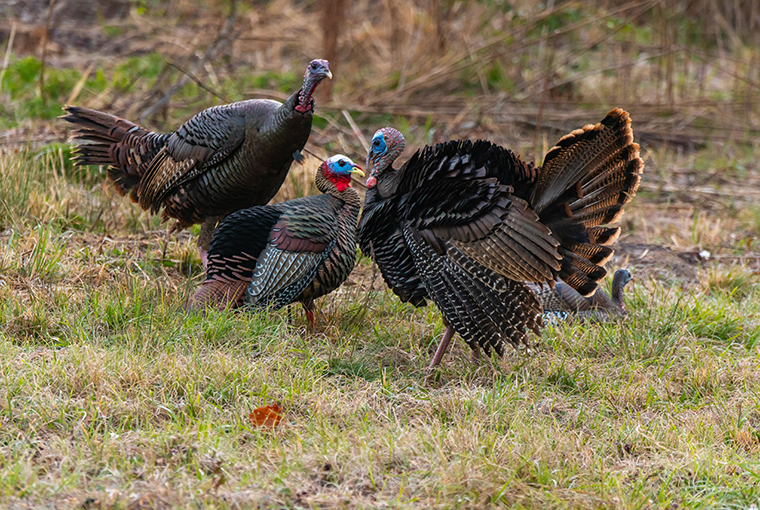
There is often debate among hunters when we harvest an animal that isn’t considered a trophy. Some deer hunters look down on those who shoot a doe or spike buck. And when it comes to turkey, those who shoot a jake (an immature male bird) have been known to get a snub, too.
Are jakes warranted?
I’ve shot jakes for various reasons over the years. I took one when I wanted to experiment with deep frying a whole bird and needed a smaller one. Some hunters also believe that larger, older birds are tougher. I don’t typically aim for jakes for culinary reasons, but there are situations where they are the better, or only, option.
I have taken jakes when open-season days are dwindling quickly and I still have a tag in my pocket — it’s a jake or nothing, and I like eating turkey. One of those jakes tipped the scales at 19 pounds, more than some two-year-old toms I’ve harvested.
Science says
One argument against shooting jakes is that it will impact the number of gobblers in subsequent years. If a high number of jakes are taken one year, it could theoretically reduce gobbling activity the next year, said Mark Hatfield, national director of conservation services for the National Wild Turkey Federation. However, this would require a high jake percentage in the flock and taking many of them. Taking one bird won’t impact the population, he emphasized.
Hatfield explained in a year with high recruitment, hens produce 3.5 poults that survive to be at least one year of age. A varying percentage of those will be jakes the following spring. Most of the birds that hunters will take are two-year-olds, which gobble the most and are most susceptible to hunters.
Taking a jake out of the flock won’t impact the gene pool either, he explained. “The hens will go back to the dominant bird.”
Hatfield said inbreeding isn’t a factor in turkeys as it has been with some mammal species in isolation on an island, for example.
“With turkeys it’s not a concern based on their ability to move on the landscape,” he said.
Selecting jakes
Patrick Hubert, Senior Wildlife Biologist and Policy Advisor with the Ministry of Natural Resources and Forestry, said he has never seen any research showing harvesting jakes is a concern.
Ontario’s 2020 jake percentage of the total harvest was 19%. This is down from 30% three years
earlier. Hubert said this could be indicative of poor reproductive success or just hunters not pulling
the trigger on jakes.
“At one time, turkey hunters just would have taken the first bearded bird that came along,” he said. “Now they are being more selective in taking adult birds.”
While there are arguments to be made for taking jakes, I don’t think anyone will turn down the opportunity if a mature bird comes in.
The ethics
Turkey hunting means different things to different people. To some, it’s just the joy of being in the spring woods, of seeing nature wake up from not only the night before, but also winter dormancy. For others, it’s the pursuit of a big tom, with a beard dragging the ground or tree-hanging spurs being the only goal.
“The hunting community holds a wide range of personal views related to harvesting ethics,” said Ontario Federation of Anglers and Hunters (OFAH) Wildlife Biologist Dr. Keith Munro said.
“From a wildlife management point of view, Ontario’s wild turkey population is a conservation success story. Wild turkeys are doing well and we don’t currently have concerns about harvesting jakes
from a sustainability point of view. We pay close attention to the harvest data and would not hesitate to address any sustainability concerns if they presented themselves. In particular, this is why the OFAH supports West Nile virus wild turkey research being conducted by the University of Guelph.”
“Some hunters say taking a jake undermines the quality of the hunt — I don’t,” Hatfield said. “If the hunter is comfortable shooting a jake, they should.”
Experience suggests
I would also encourage experienced hunters who refrain from pulling the trigger on a jake not to demand the same for a young, or new, hunter. There is no doubt jakes are generally less wary than older toms. While some hunters may have the patience, and time, to go back day after day to get the older bird, others do not. I always believe early success is important in keeping new hunters interested. A jake may be the only opportunity of a season for experienced hunters with limited locations to hunt on public land.
Too many unsuccessful seasons have resulted in more than one hunter hanging up their turkey hunting boots.
Another way to look at it is, it’s not “just a jake.” It’s a turkey the hunter called in, perhaps after many mornings of getting up in the dark. It’s a meal or two of natural, healthy wild meat.
I look at any legally harvested turkey as a hunting success. As hunters, we should embrace our hunting and conservation success stories, and focus less on the age and size of our harvests.

Jeff Helsdon lives in the turkey-rich woods of southwestern Ontario. He enjoys hunting upland game with his English cocker spaniel, hunting deer and waterfowl, and fishing with his wife and family. Reach Jeff at: mail@niteowldev.com
Originally published in the May 2021 issue of Ontario OUT of DOORS magazine.


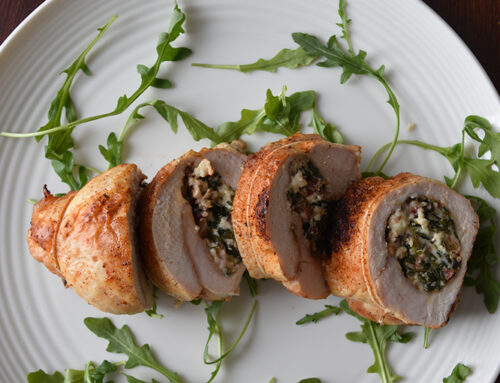
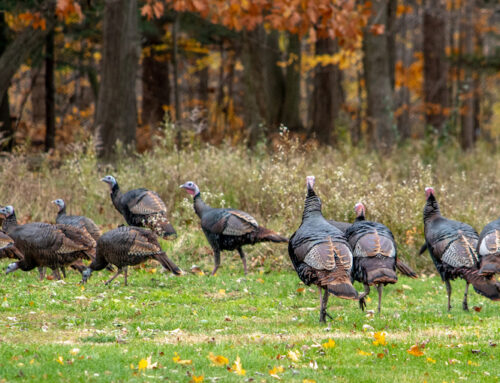
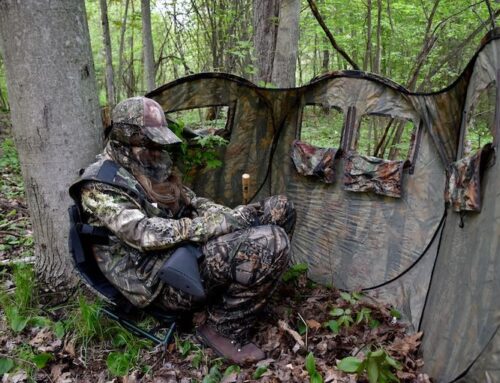
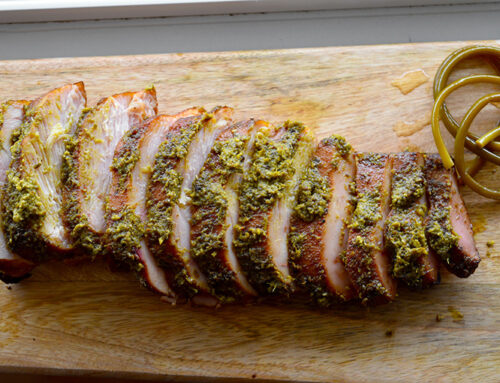
Leave A Comment